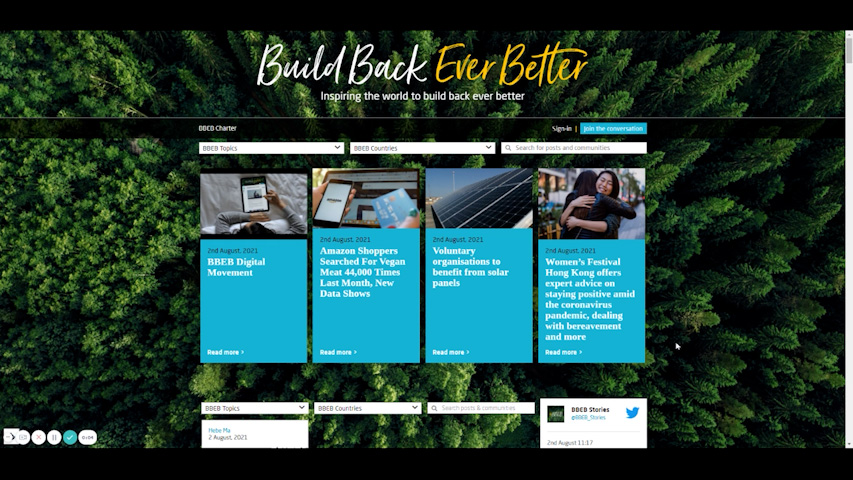The rugged beauty of the Scottish Highlands is an iconic image recognised throughout the world. However, the history is a far cry from the idyllic settings adorning whisky bottles from Japan to Jamaica. After the Jacobite Rising of 1745, landowners found that they could earn more money from this often inhospitable environment by grazing sheep on the land than the meagre income raised from poor crofters. Thus, the notorious Highland Clearances were enforced, often violently. In the following decades, the Industrial Revolution stimulated resettling in urban areas, further reducing the population. The Highlands have since become one of the most sparsely populated areas in Europe, with around six people per square mile.
But the Highlands are now poised to take centre stage in Scotland’s development. As the world’s population steadily increases, so too does demand for resources, which has led governments, businesses, and organizations to focus on a more sustainable approach to catering to the needs of the population. And the Scottish Highlands are leading the way in creating a sustainable future for Scotland.
Government measures to promote sustainability
The Highlands Council introduced the programme ‘A Sustainable Highland – Change Strategy for 2019-2022’ in December 2018. This set out the commitments that the Council aimed to deliver over the following 3 years.
The strategy focuses on 4 key themes: Efficiency; Commercialism and Income Generation; Redesign and Improvement; and a Flexible & Managed Workforce.
Efficiency features prominently throughout the programme as the public demands more accountability and less wastage of resources in all areas of government services. The Council aims to minimise the costs associated with landfills by maintaining higher rates of recycling, re-set budgets and improve budget management according to outcomes and needs. The goal is to ensure the highest value from external contracts in areas such as Insurance, Occupational Health or Transport, reduce the use of external consultants by using internal resources, invest in Early Learning and Childcare, council housing, and amenity services, and streamline management by prioritising frontline services.
Commercialism and Income generation will focus on achieving economic and social benefits for the region. The proposed initiatives range from the introduction of charges for Electric Vehicle charging points to increasing the income from radio masts. The goal is to create an Energy Strategy that helps reduce energy consumption and improve efficiency while ensuring that the community benefits by working within the communities, local partners and the Scottish Government.
Redesign and Lean projects have been introduced for commercial waste, street cleansing, the allocation of resources in schools, staff travel and trade services with the aim of improving Asset Management, Property Rationalisation and Investment, and Transport Services.
The final theme in the programme is the creation of a flexible and well-managed workforce that reflects the unique opportunities and challenges of the culture, communities and geography of the Highlands.
Associations like the Highlands and Islands Environment Foundation offer grants to Local non-profit organisations, associations, clubs or unions, social cooperative enterprises and/or other local bodies that aim to improve the environment and “create measurable and sustainable long-term results, build capacity and encourage participation by the local society.”
https://www.deadlinenews.co.uk/2022/05/20/how-the-scottish-highlands-are-championing-sustainability/
 unknownx500
unknownx500
















